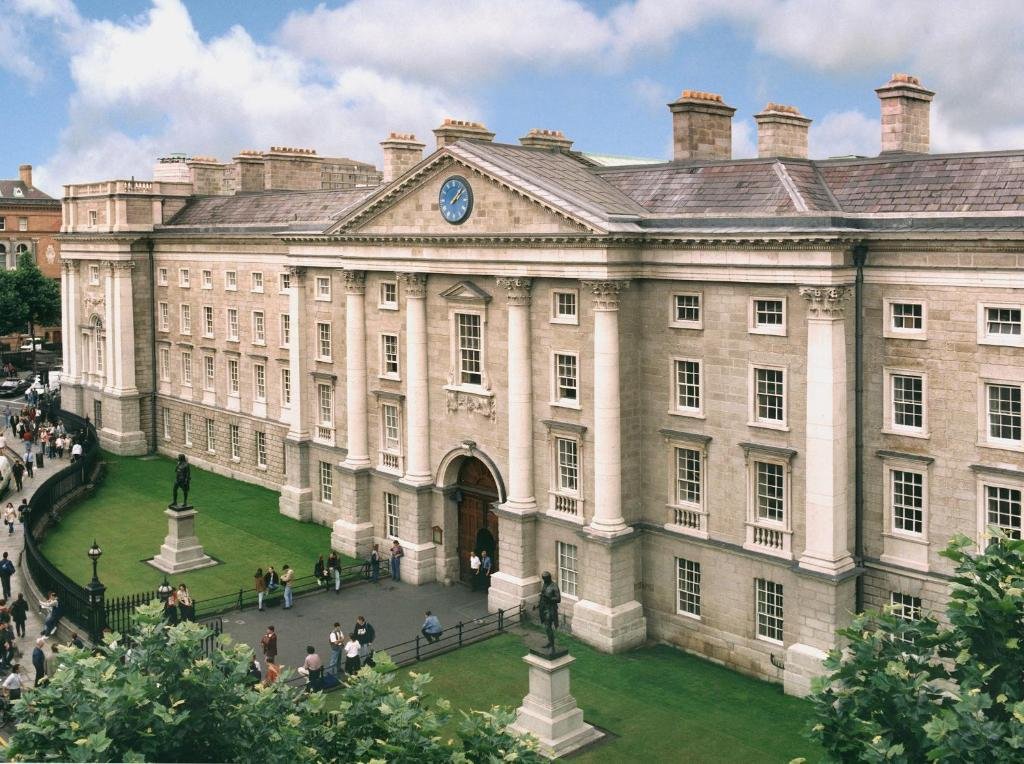The Architectural Heritage of Dublin: A Tapestry of History and Innovation
One of the most iconic structures in Dublin is the Dublin Castle, dating back to the 13th century. Originally built as a fortress, it has evolved into a symbol of British

The city's Georgian architecture is characterized by elegant townhouses, particularly in areas like Merrion Square and Fitzwilliam Square. These beautifully proportioned buildings, adorned with colorful doors and intricate fanlights, exemplify Dublin's architectural finesse from the 18th century.
Trinity College, Ireland’s oldest university, is another architectural gem. Its historic campus features the iconic Library, home to the Book of Kells, and the magnificent Long Room, which showcases a stunning collection of ancient texts and manuscripts.

In contrast, the contemporary design of the Bord Gáis Energy Theatre, with its striking glass façade and modern lines, represents Dublin's embrace of innovative architecture. This cultural venue hosts a variety of performances and events, contributing to the city's vibrant arts scene.

The Ha'penny Bridge, a pedestrian bridge over the River Liffey, is a beloved symbol of Dublin. Its cast-iron design and elegant arches make it an iconic landmark, linking the north and south sides of the city. The bridge's history and charm add to the character of Dublin's urban landscape.
Dublin's architectural narrative also includes the impressive Custom House, an example of neoclassical architecture. Completed in 1791, it features a stunning dome and intricate detailing, showcasing the city's historical significance as a center of trade and governance.
The modern skyline of Dublin is punctuated by the iconic Spire of Dublin, a stainless steel monument that stands 120 meters tall in O'Connell Street. Its sleek design and reflective surface make it a contemporary landmark, symbolizing the city's forward-looking spirit.
The Temple Bar district is known for its vibrant atmosphere and eclectic architecture. The narrow cobbled streets are lined with colorful buildings, pubs, and galleries, embodying the artistic and cultural essence of Dublin. This area is a hub for creativity and nightlife, attracting both locals and tourists.
Dublin's commitment to preserving its architectural heritage is evident in the restoration of historic buildings, such as the Dublin Writers Museum, housed in a beautiful Georgian mansion. This museum celebrates Ireland's literary legacy and showcases the contributions of renowned writers.
The National Museum of Ireland, located in several historic buildings across the city, features diverse architectural styles, from the historic Collins Barracks to the elegant Natural History Museum. Each location tells a story of Ireland's rich cultural heritage.

As Dublin continues to grow, it also embraces sustainable architecture. The redevelopment of the Docklands area features modern buildings that prioritize eco-friendly design and urban living. This transformation reflects the city's response to contemporary challenges while enhancing its urban landscape.
The iconic Christ Church Cathedral, with its stunning Romanesque architecture, is another highlight of Dublin's architectural heritage. Its impressive nave, medieval crypt, and beautiful stained glass windows make it a significant religious and historical site.
In conclusion, Dublin's architecture is a fascinating blend of historical significance and modern innovation. From its Georgian streetscapes and historic landmarks to contemporary designs and cultural venues, the city’s architectural landscape tells a rich story of its past and present. As Dublin evolves, its commitment to preserving its heritage while embracing the future will continue to shape its unique identity.
Share:
